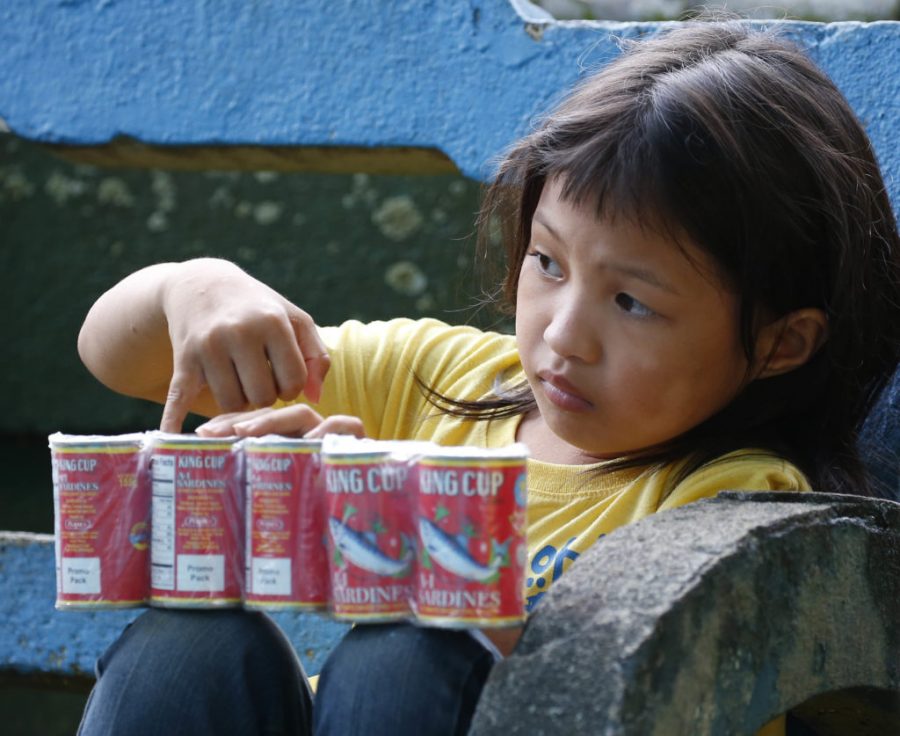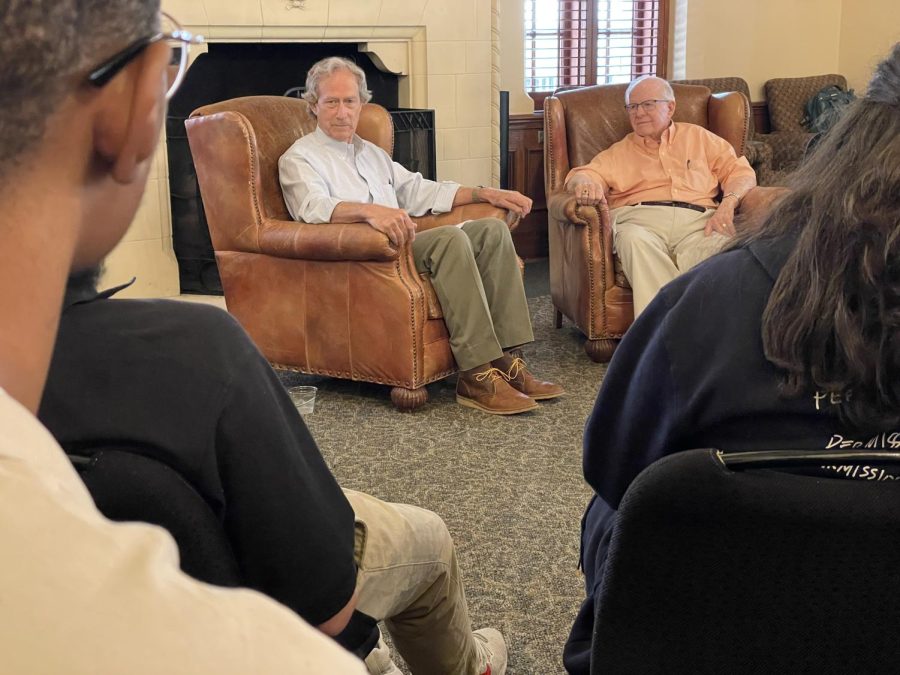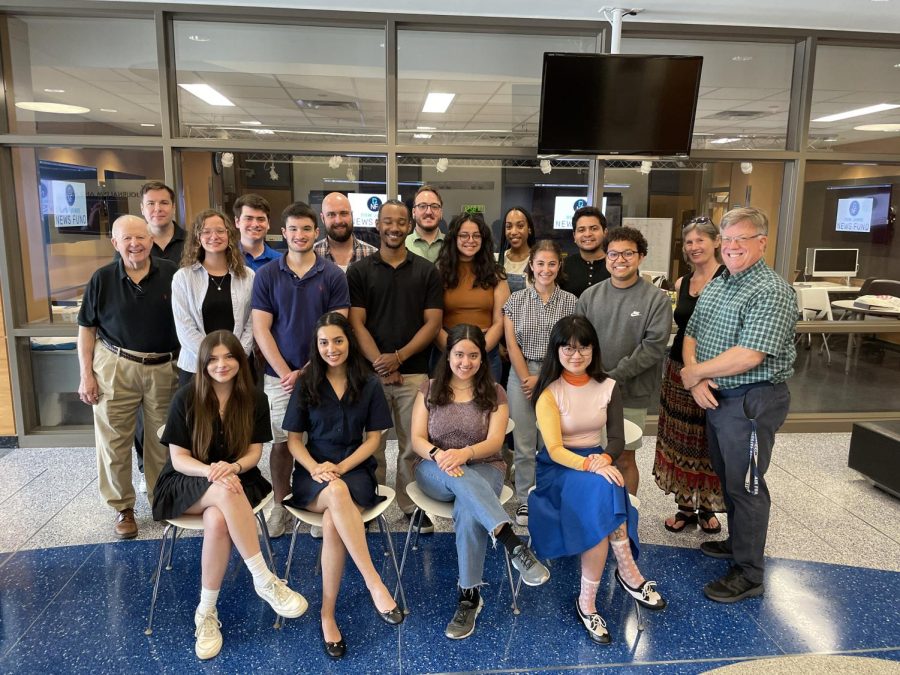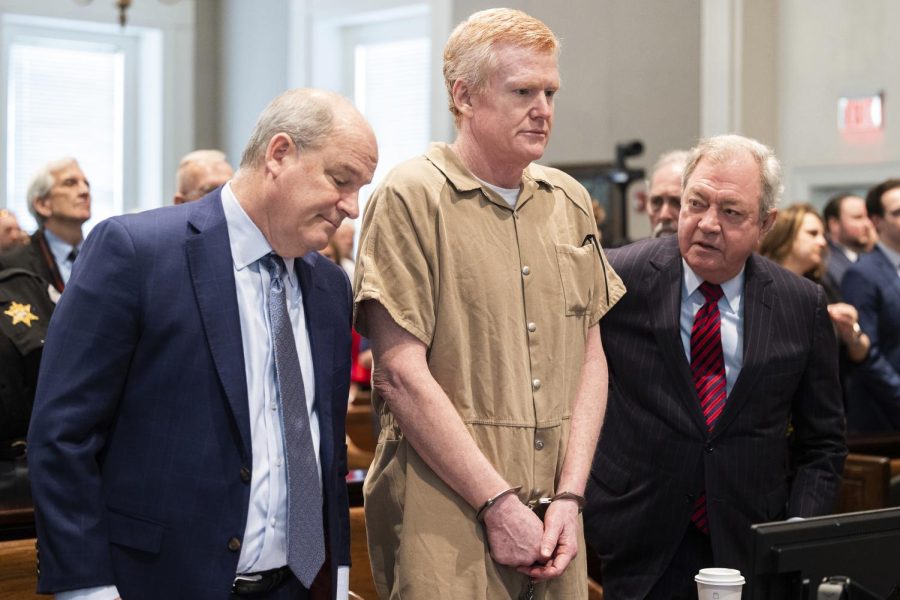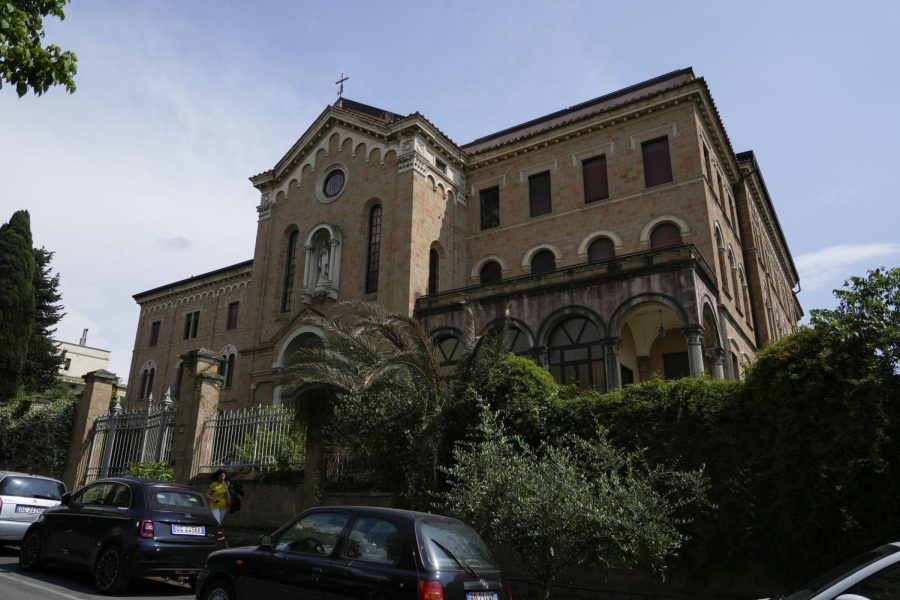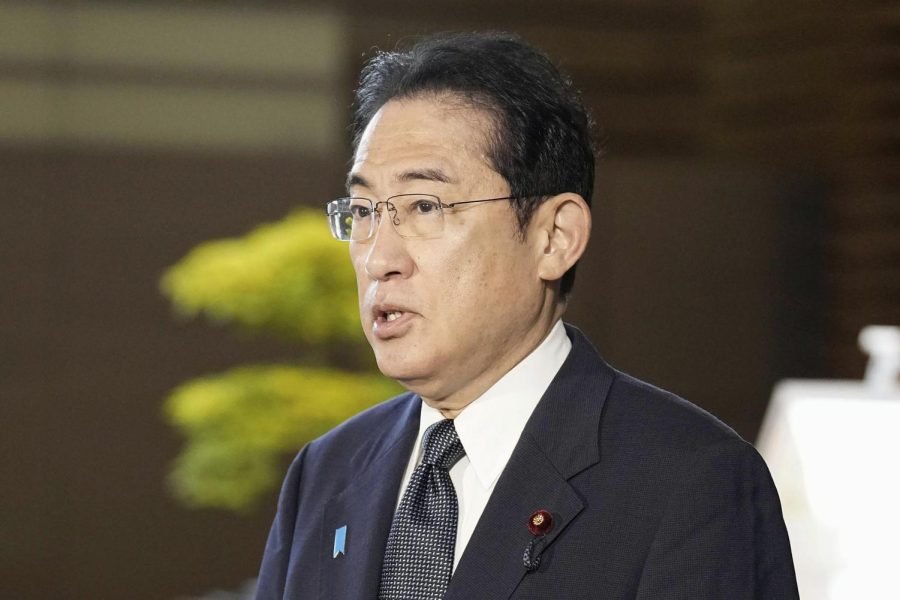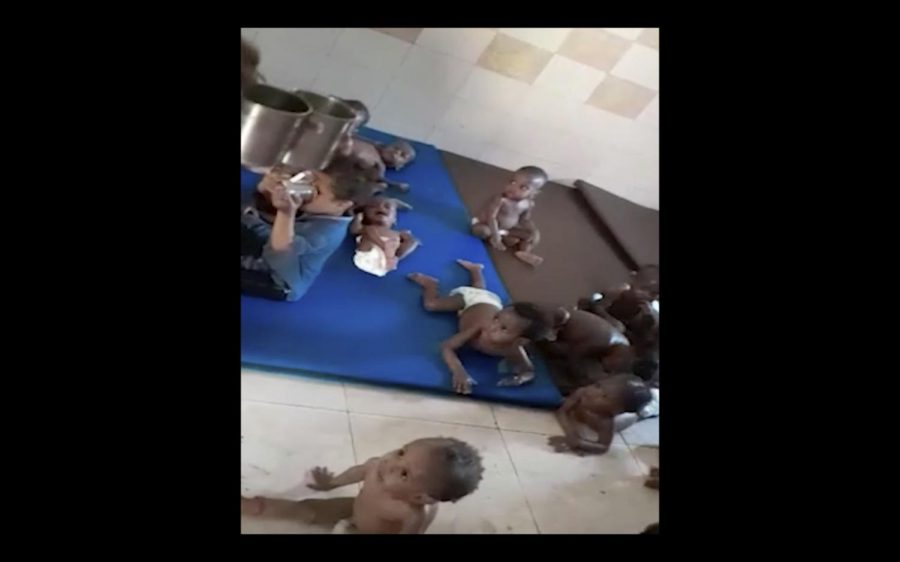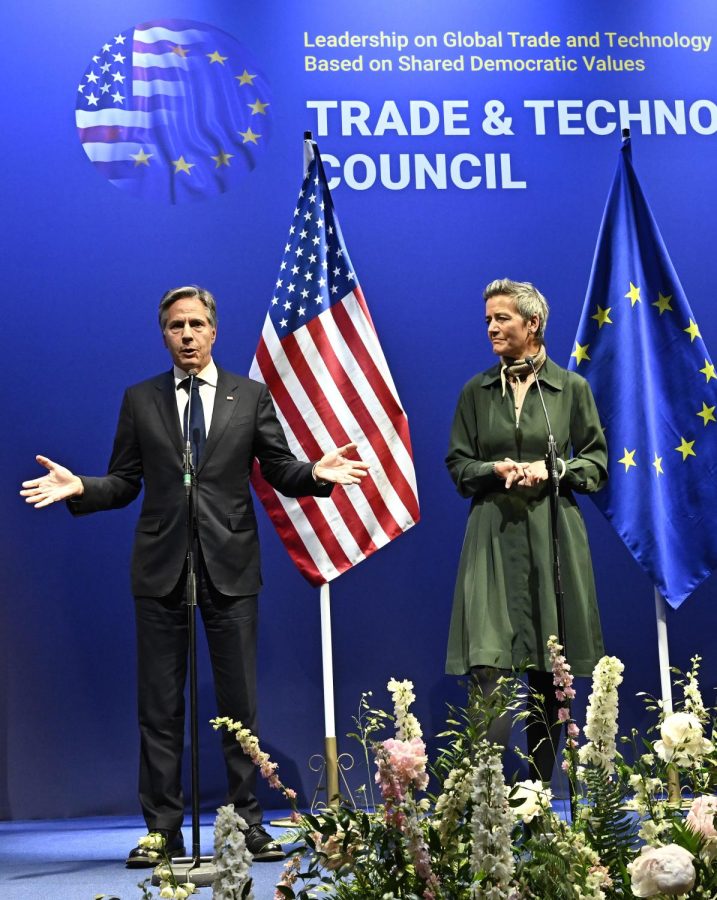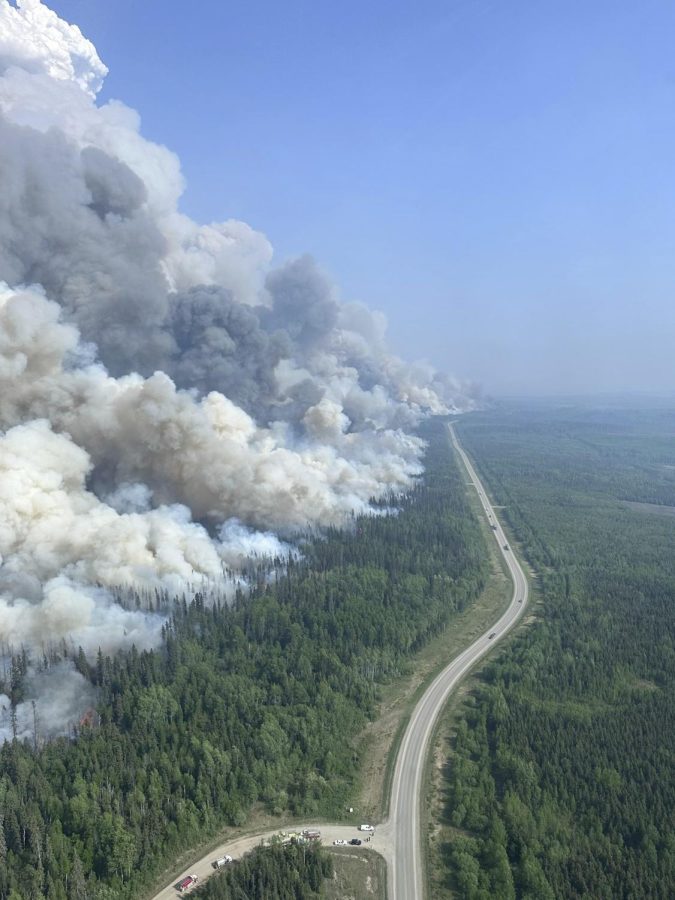Jim Gomez
Associated Press
MARAWI, Philippines — At an evacuation center outside the besieged Philippine city of Marawi on Wednesday, the results of a week of misery — a week of violence, uncertainty, long nights and promises of better tomorrows — were evident in the faces and hearts of the displaced.
About 130 people were killed in the violent attacks on Marawi, which erupted last Tuesday after soldiers launched a raid to capture militant leader Isnilon Hapilon, a leader of the Islamic State group in Southeast Asia.
In the skirmish, the operation went awry and Hapilon got away.
The unrest has boosted fears that the Islamic State group’s violent ideology is gaining a foothold in the country’s restive southern islands, where a Muslim separatist rebellion has raged for decades.
Military spokesman Brig. Gen. Restituto Padilla said Hapilon is believed to still be in Marawi.
As the two sides battle it out, civilians have been caught in the crossfire.
Bilal Sulaiman, a 47-year-old carpenter, said his wife and three children evacuated to safety early in the conflict but he stayed behind to watch their house near the scene of the battle.
He said when the fighting became too fierce, with bombs exploding two blocks away from his house, he ran for his life to a nearby mountain, where he waited without food and water until he found safety in an army-controlled area.
“We did not eat for days,” Sulaiman told the AP at an evacuation center, where some people wept as rescue workers handed out biscuits and water. “It was really scary. There were explosions just two blocks from my house, but I couldn’t leave our house because somebody might burn it. I later left when the fighting got too intense.”
Frightened civilians crowded into schools, basketball courts and sports centers where villagers slept on floors and in grandstands. The villagers relied on government food and water rations as well as donations.
Amid the squalor and lack of privacy, Naima Dimangadap, a single mother of five, wept.
“Our homes got burned because of the bombings,” Dimangadap said. “We failed to save anything, including our cooking pots. It’s so difficult to live in this evacuation camp.”
On Wednesday, Philippine authorities said troops had cleared almost 90 percent of Marawi city.
Padilla said 960 civilians had been rescued and an estimated 1,000 residents remained trapped in the city. The dead include 89 militants, 19 civilians and 21 government forces.
Eight other militants surrendered and provided “very, very valuable intelligence” during questioning, Padilla said.
President Rodrigo Duterte, who declared martial law on Mindanao island, has approved the creation of a “peace corridor” to hasten the rescue of civilians and delivery of humanitarian aid for displaced people. Presidential spokesman Ernesto Abella said the corridor will be implemented by the government and the main separatist group, the Moro Islamic Liberation Front, which has signed a peace agreement in exchange for Muslim autonomy in Mindanao, the southern third of the Philippines.
[aesop_gallery id=”5292″ revealfx=”off”]


